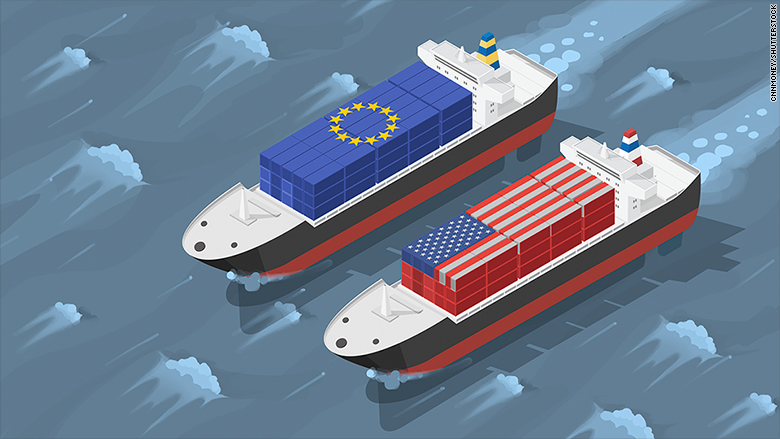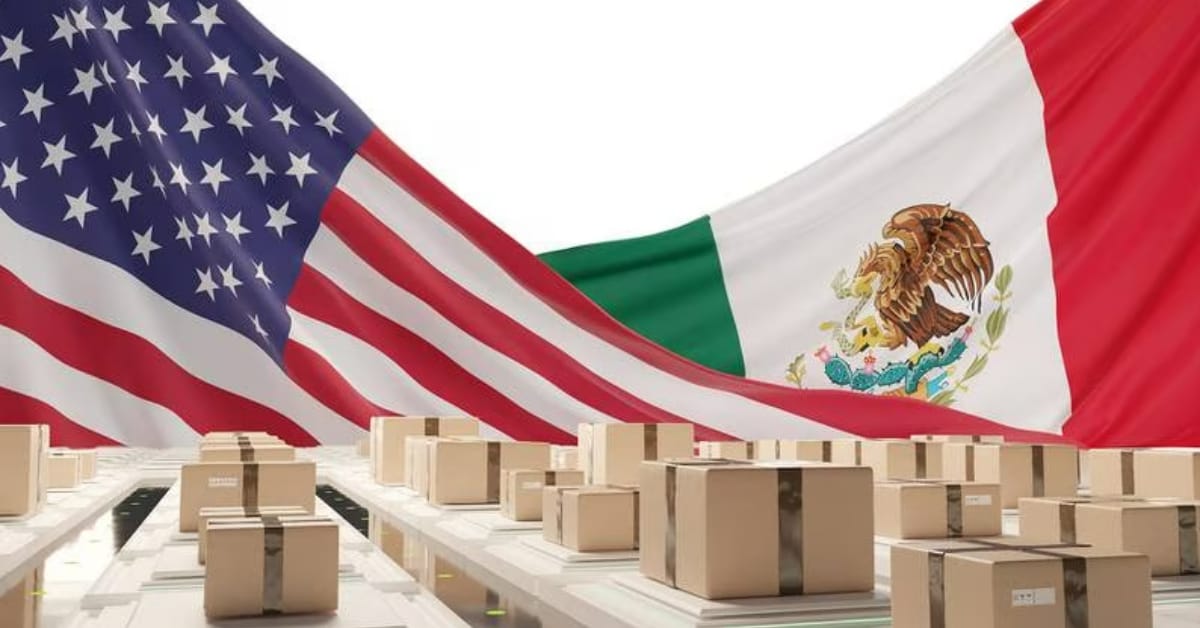Hold onto your hats, folks, because the potential fallout from US ‘reciprocal tariffs’ is looking grim for Germany, and frankly, the entire European Union. A recent study from the German Economic Institute paints a terrifying picture: a staggering €290 billion loss for Germany alone over the next four years. That’s not chump change, people. Across the EU, we’re talking a jaw-dropping €1.1 trillion potentially going up in smoke.

Let’s break down what’s happening here. The US is threatening to mirror the EU’s tariffs, essentially fighting fire with fire. This escalation, while seemingly ‘fair’ on the surface, is a recipe for disaster.
Understanding Tariff Reciprocity:
Tariff reciprocity, at its core, aims to level the playing field in international trade. It means imposing equivalent tariffs on goods from countries that already impose tariffs on your own exports. It’s supposed to be about negotiation, but can easily spiral into trade wars.
Why is this so damaging?
Tariffs increase the cost of imported goods, leading to higher prices for consumers and businesses. They disrupt supply chains as companies scramble to find alternative sources. And ultimately, they stifle economic growth, hence the mammoth figures cited for Germany and the EU.
The German Vulnerability:
Germany, with its export-oriented economy, is particularly susceptible. Its strong manufacturing sector relies heavily on access to the US market. Imagine the ripple effect: job losses, reduced investment, and a slowdown in overall economic activity. This isn’t just about trade; it’s about livelihoods.
The EU needs to get its act together now. A reactive, tit-for-tat approach will only exacerbate the damage. We need proactive diplomacy and a serious re-evaluation of our trade strategy before this escalation spirals completely out of control. The stakes are too high to play games.




